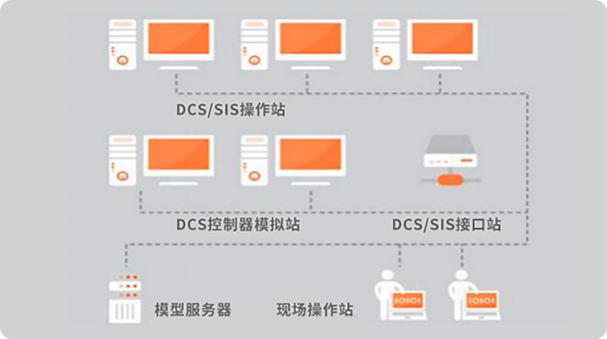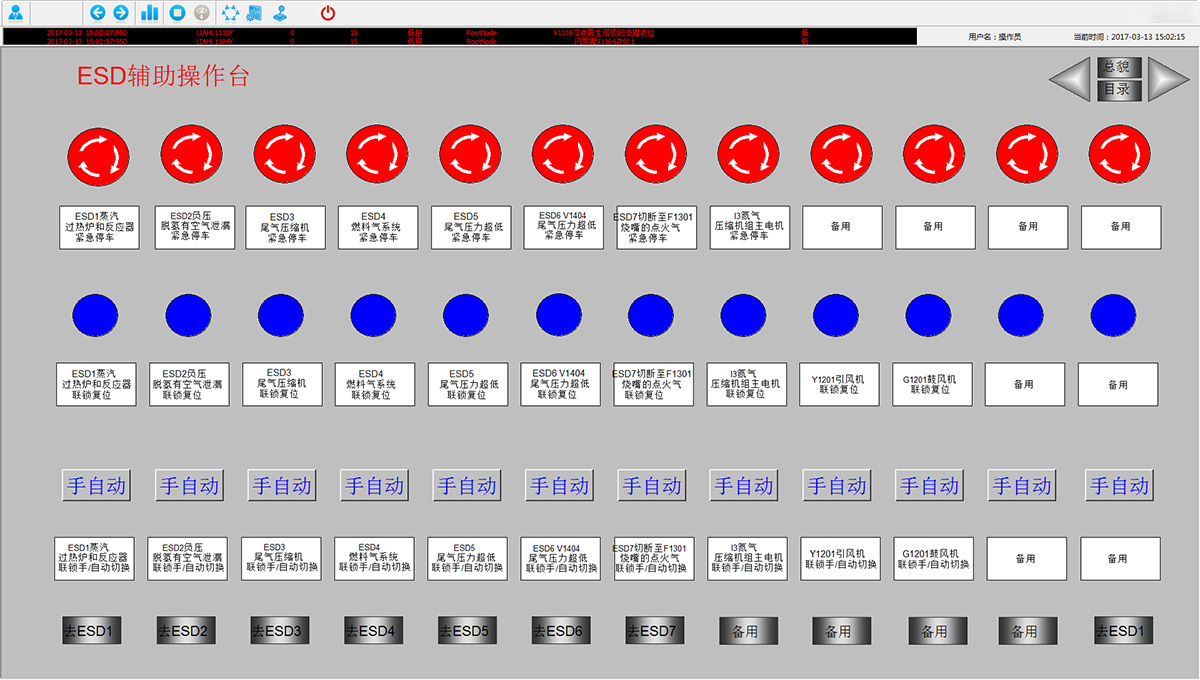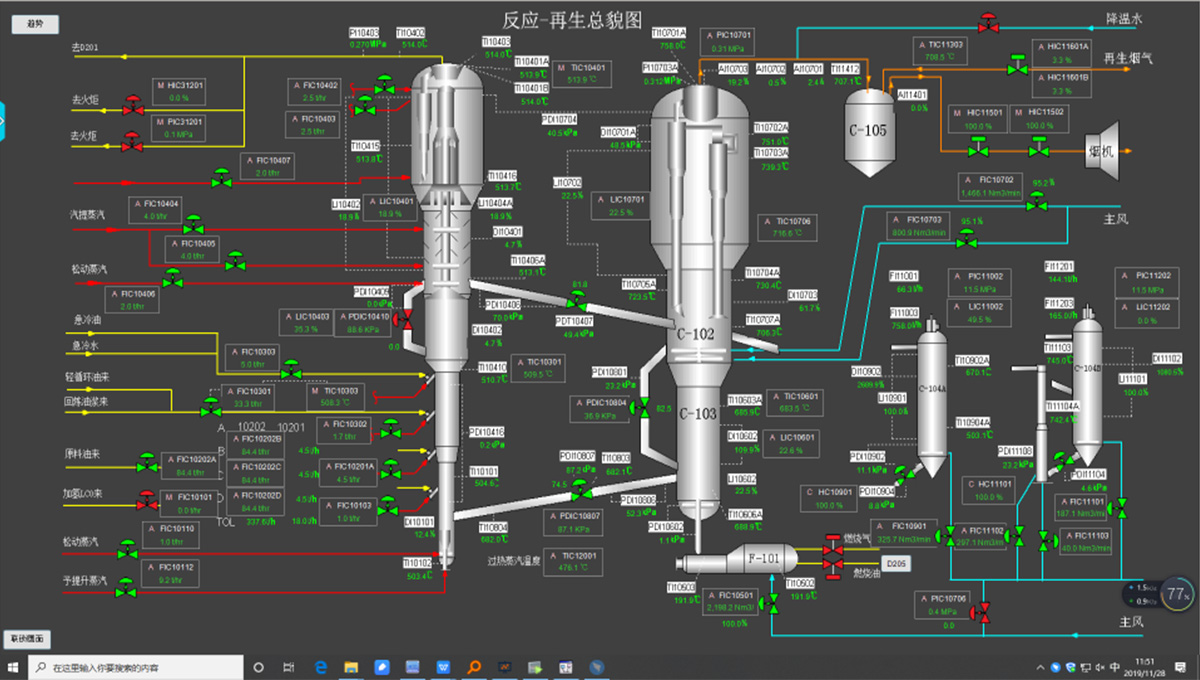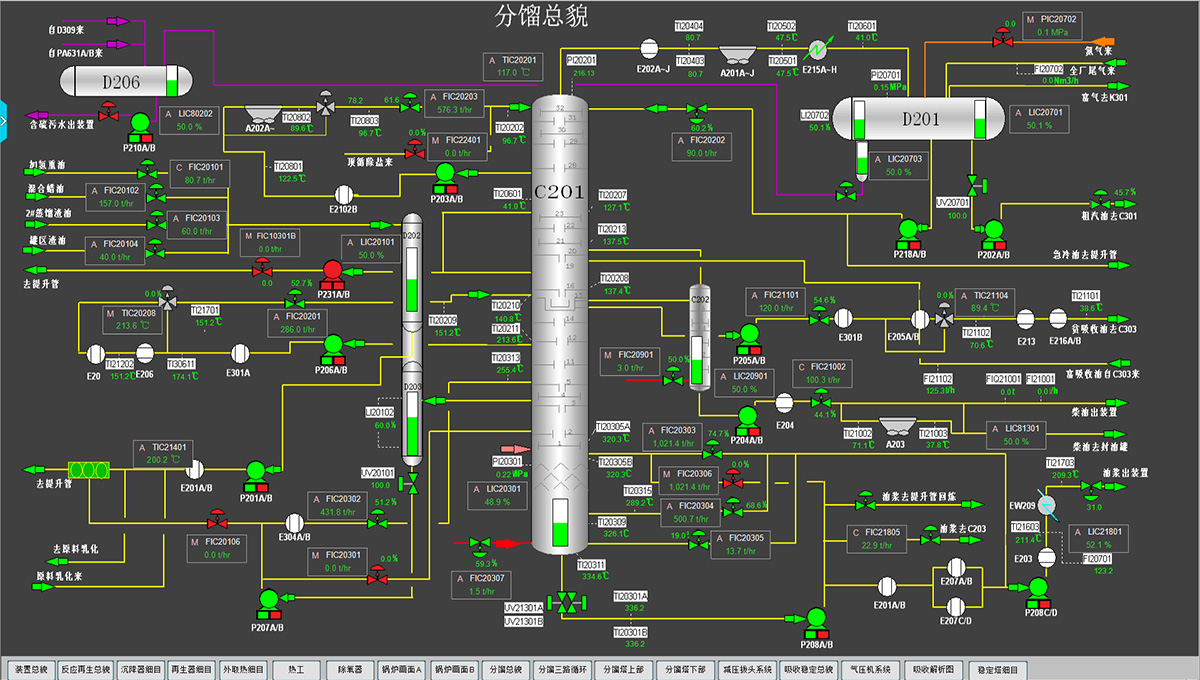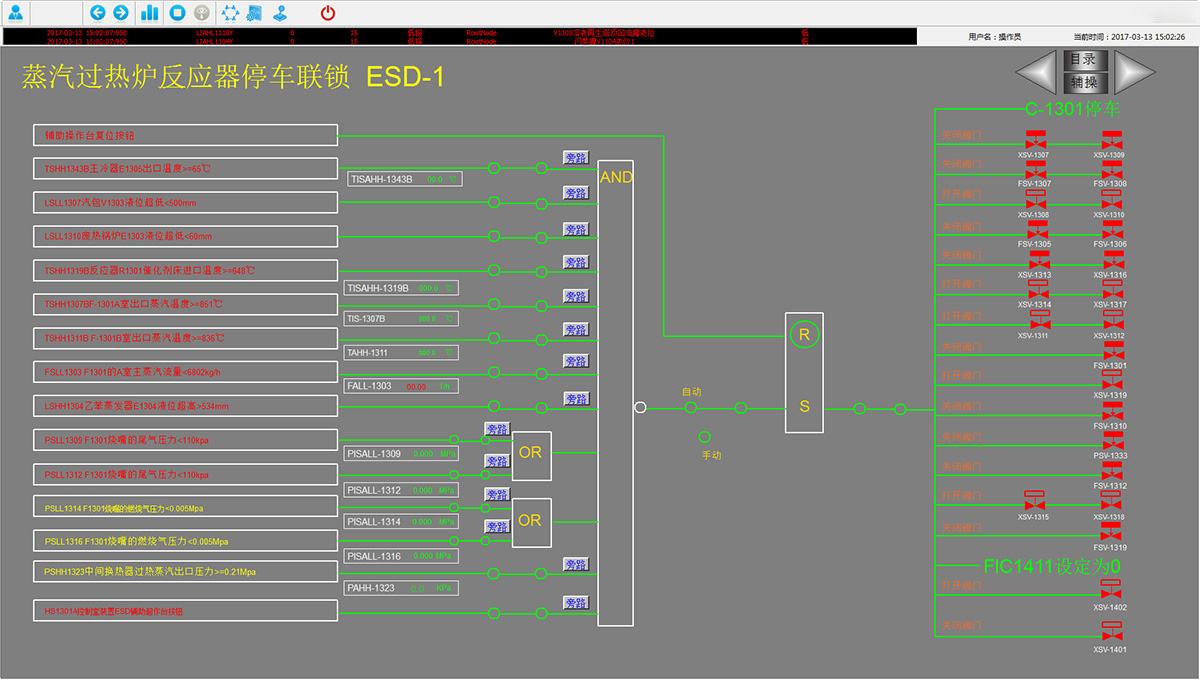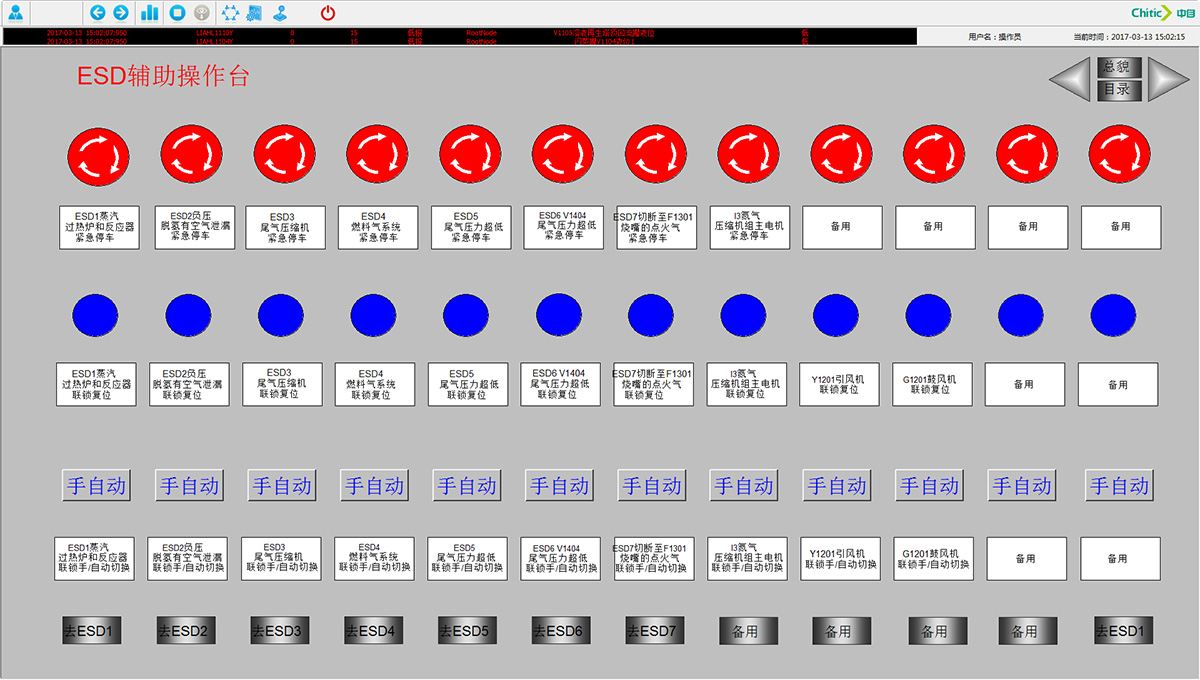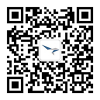The OTS system uses mechanism models to simulate the overall process and each working condition. They include thermodynamic models that can accurately describe the state of mixtures under various operating conditions, and can accurately describe the pressure, flow, temperature, composition of various combined equipment on the project device, energy and other dynamic characteristics of the unit operation model. The final process model should exactly match the steady-state of the project installation, and realistically reproduce various dynamic characteristics of the project installation. We can use the simulator combines software and hardware to simulate the dynamic and steady-state of the project device.
The design of the OTS system should include four elements: equipment, device, control and process model. The systematic design can support engineers to easily change and maintain the process model according to the changes of the project equipment. Engineers can use the graphical user environment to make changes by changing the configuration of the process unit without changing the source code of any system or its modules.
The OTS system adopts the customized development mode to build the dynamic simulation model of the whole mechanism. Based on the process PID, material balance PFD, detailed equipment parameters, DCS, SIS and ESD, operating procedures and other materials provided by Party A, according to the process flow, equipment content, control system, chemical process principle, quality and energy of the actual device full-process custom model development for balance, working principle of mechanical equipment, etc.
Development content ( Complete system composition) including process dynamic simulation model (detailed simulation of oil, water and steam systems in the unit), control system simulation model (DCS, SIS, ITCC, etc.), field operation simulation model (3D simulation interface), operation guidance and evaluation model, simulation conditions.
The OTS system will be used to train and assess the internal and external operators before and after the official start of the plant, which can improve the knowledge and technical level of the operators, improve production safety and reliability, and reduce the probability of accidents. In the production process, OTS can be used as a learning tool. Operators, process engineers, and control engineers can learn in depth about technology and control, and at the same time conduct research on technical transformation plans.


